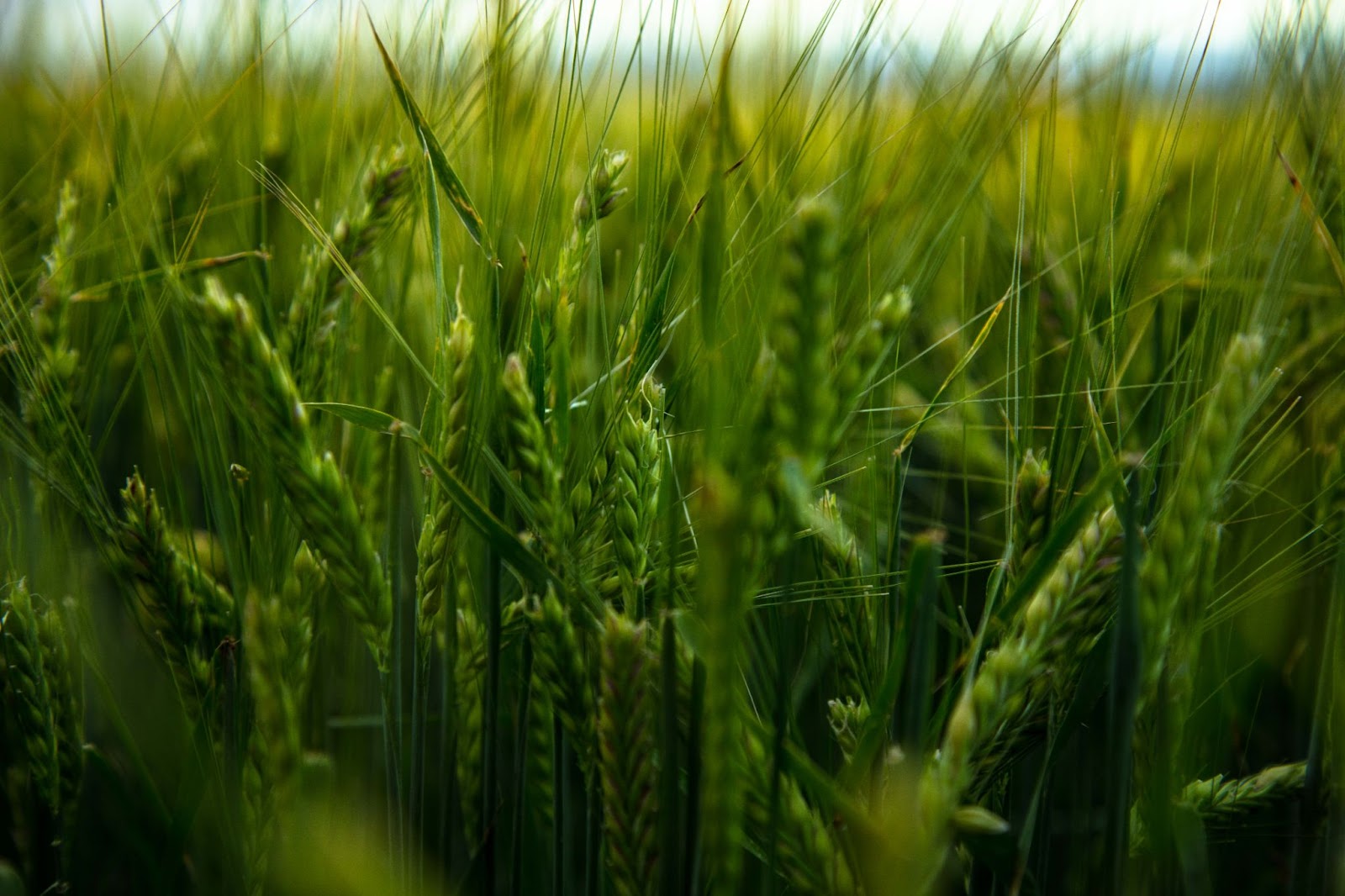
Root Shoot Malting, the Colorado-based craft malthouse, is committed to implementing regenerative farming practices to improve soil biology, reduce the need for tilling and replanting, promote carbon sequestration and reduce carbon released into the air. These sustainability efforts include experimenting with new types of grain to combat the challenges of farming while dealing with a changing climate. Three specific varieties that Olander Farm is planting this year include Thunder, Lightning and Kernza.
Led by the 5th generation family behind Colorado’s Olander Farms, Root Shoot has supplied craft grain to breweries and distilleries since its founding in 2016. The malthouse continues to ensure that farmland remains available to grow grains for the beers and spirits of tomorrow through its conservation easement with Colorado Open Lands.
“Our goal is to farm in a manner that protects both the land and the profession for future generations,” says Farmer and Founder of Root Shoot Malting Todd Olander. “To that end, we’re always experimenting with new grains and new techniques that will make both our land and our business resilient in the face of an ever-changing environment.”
Thunder and Lightning are two new winter barley grains developed by Oregon State University. Barley is the most popular grain among brewers and per acre the most frequently planted crop on Olander Farms. Barley, a cool-weather crop, is typically planted in the spring in Colorado. However, as Colorado’s springs have gradually become warmer and drier, barley crops suffer. Warm, dry weather stresses the plants, which in turn causes them to produce protein levels high enough to render them useless for brewing beer and spirits.
Thunder and Lightning experimental seeds are planted in the fall with the hope that it can withstand the Colorado winters. OSU has developed these two varieties that are more resistant to the cold, and when dealing with warming springs, fall-planted barley has some real advantages: namely, they get all the winter moisture in addition to spring rains, and they spend less time in the heat of summer.
Kernza is the trademark name for the grain from an intermediate wheatgrass being developed by The Land Institute out of Kansas. Kernza is a perennial form of wheat. Once planted, it comes back on its own year after year and provides a whole host of benefits for farmers, ranchers, and the environment, including increasing the health of soil biology, reducing the need for tilling and replanting, promoting carbon sequestration and reducing carbon released into the air. Kernza’s 12 foot root system also reduces the effect of erosion and lowers the amount of water used to keep the fields alive.
“There’s still a lot of information to be gathered, however,” says Olander. “All we can say for certain is that the plants survived and look happy. We still need to test for yield, quality, protein content and more. We are cautiously hopeful.”
Photo Credit: Traverse Image






Be the first to comment